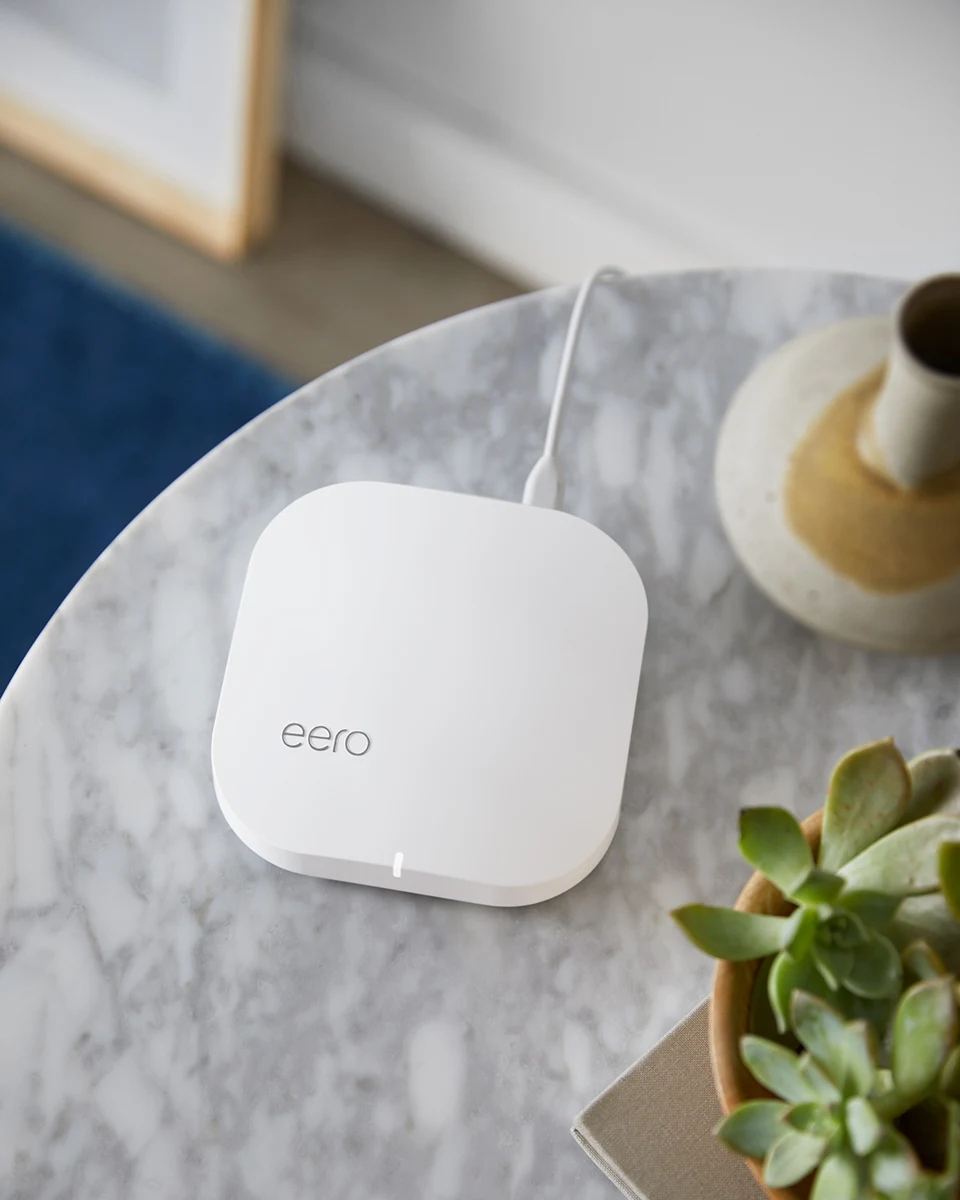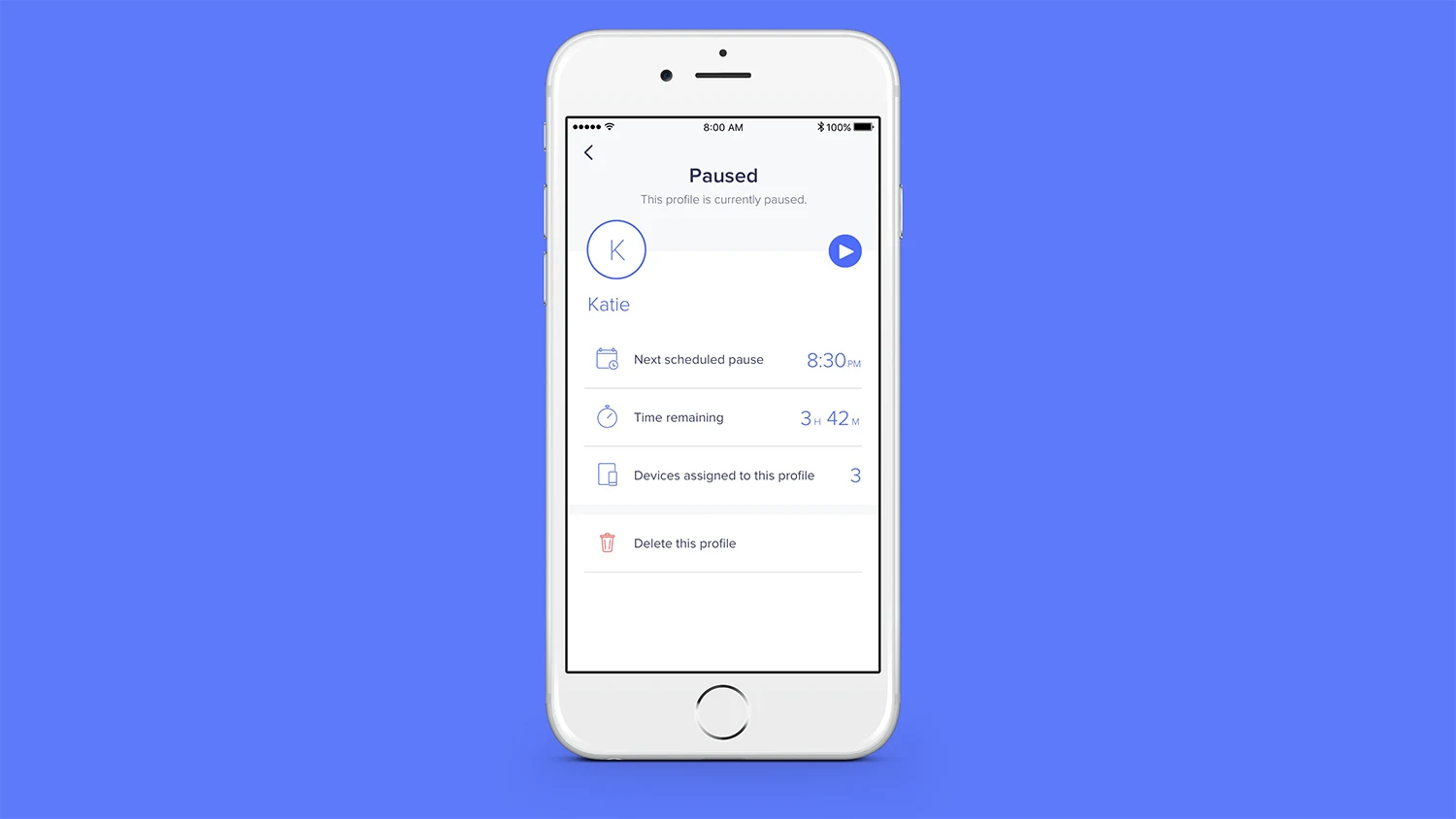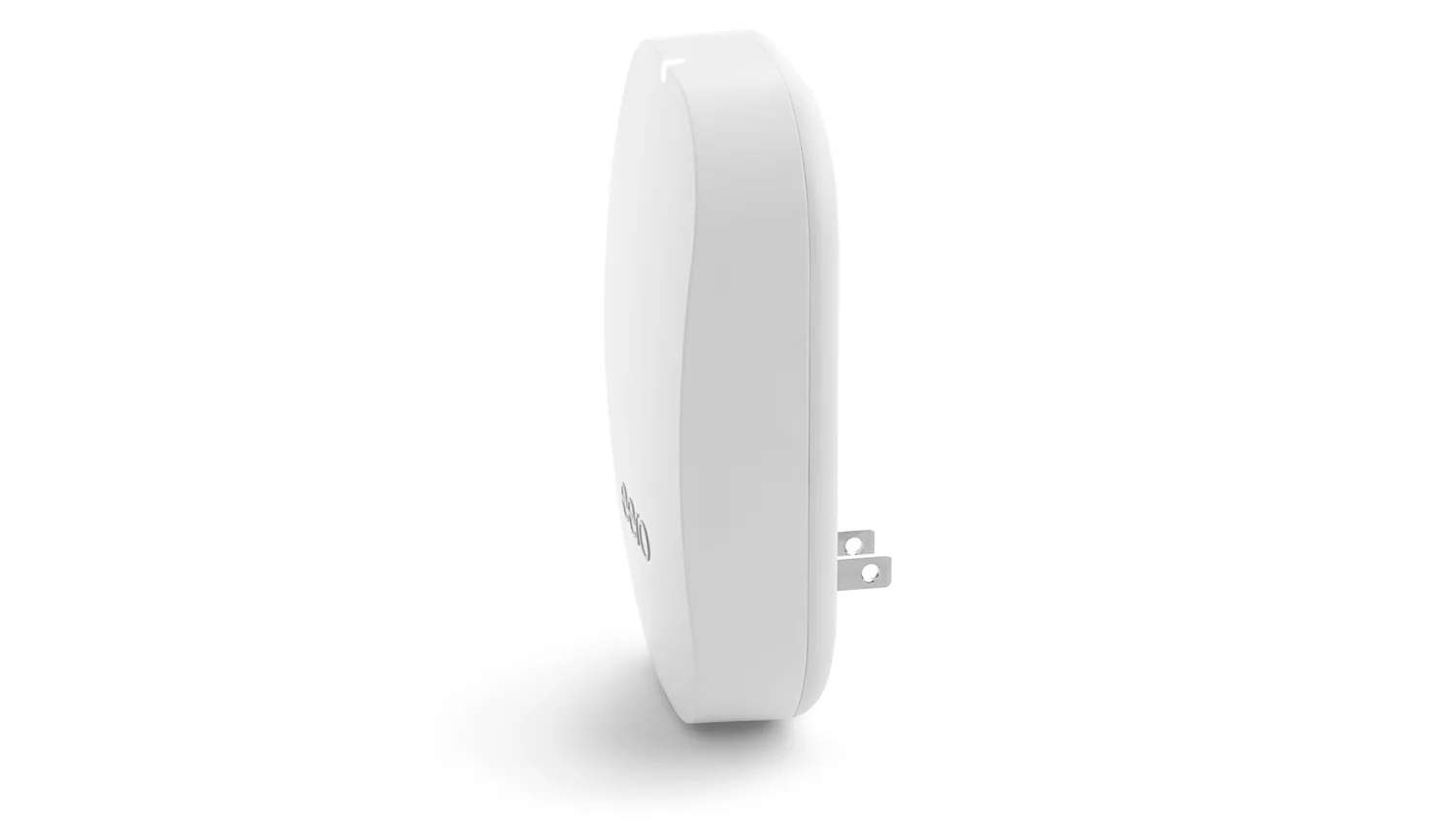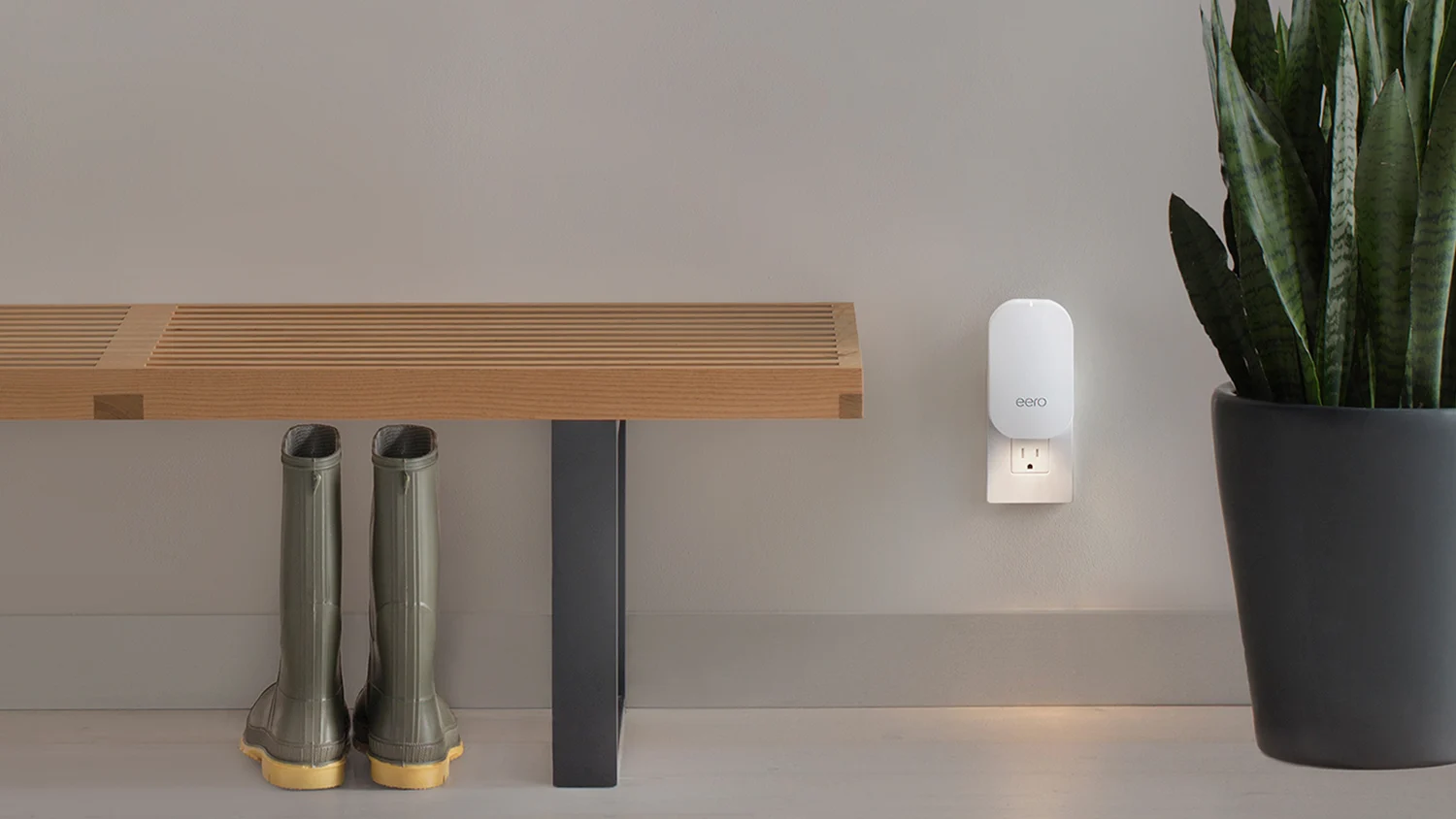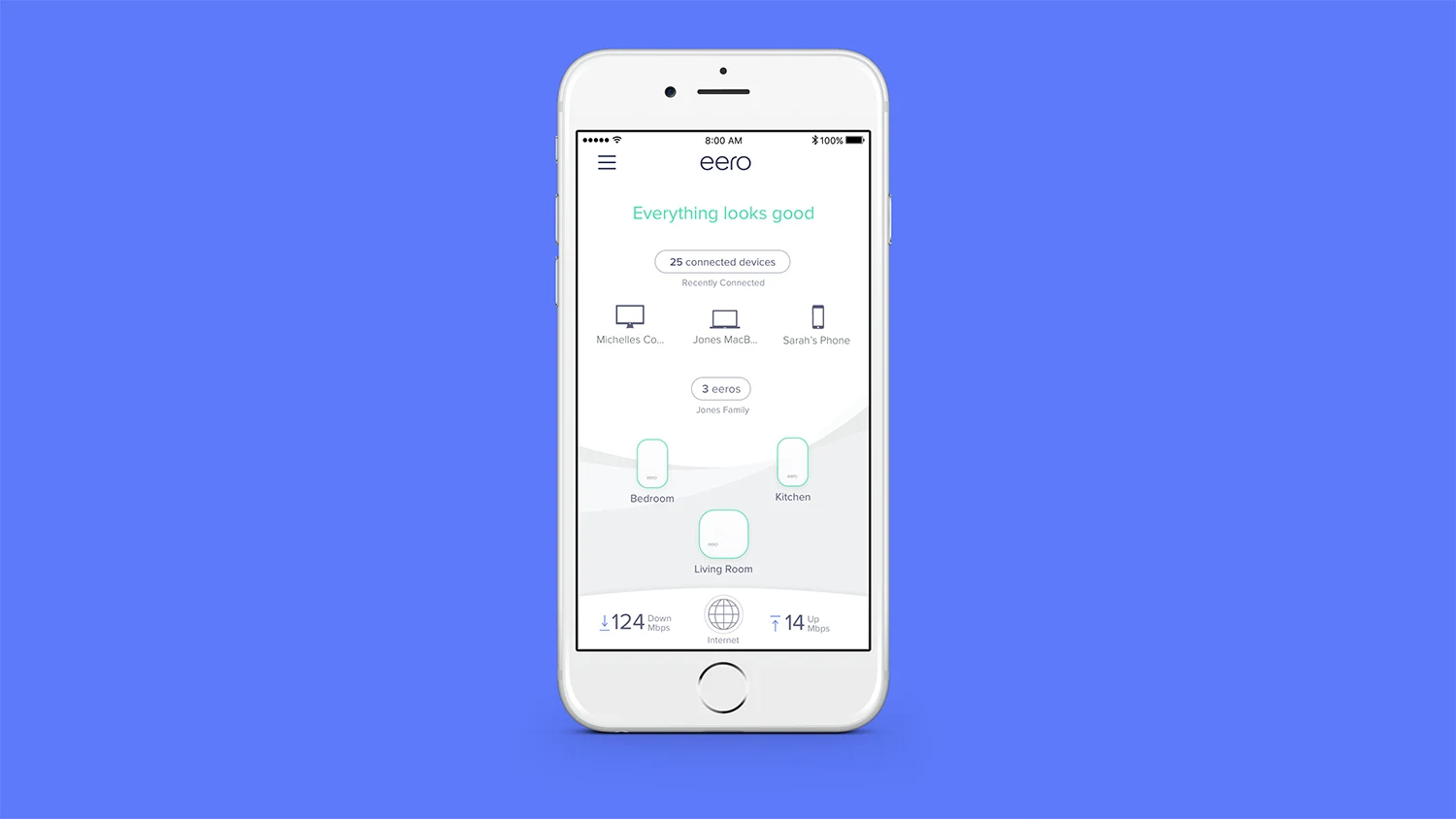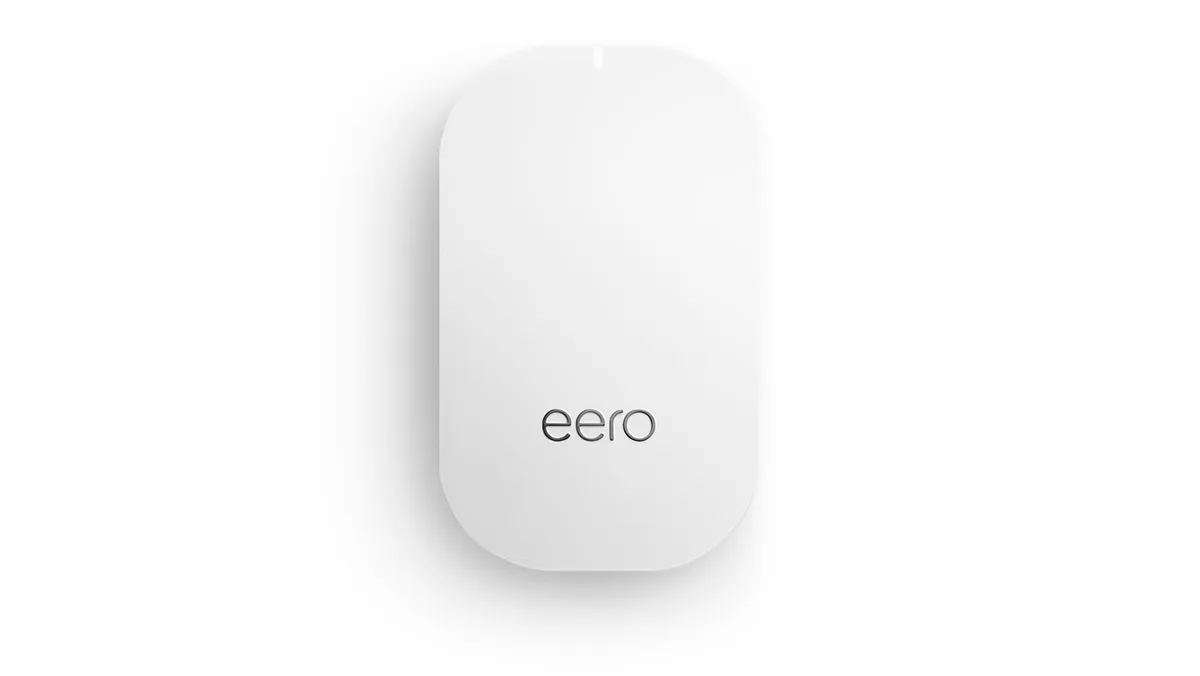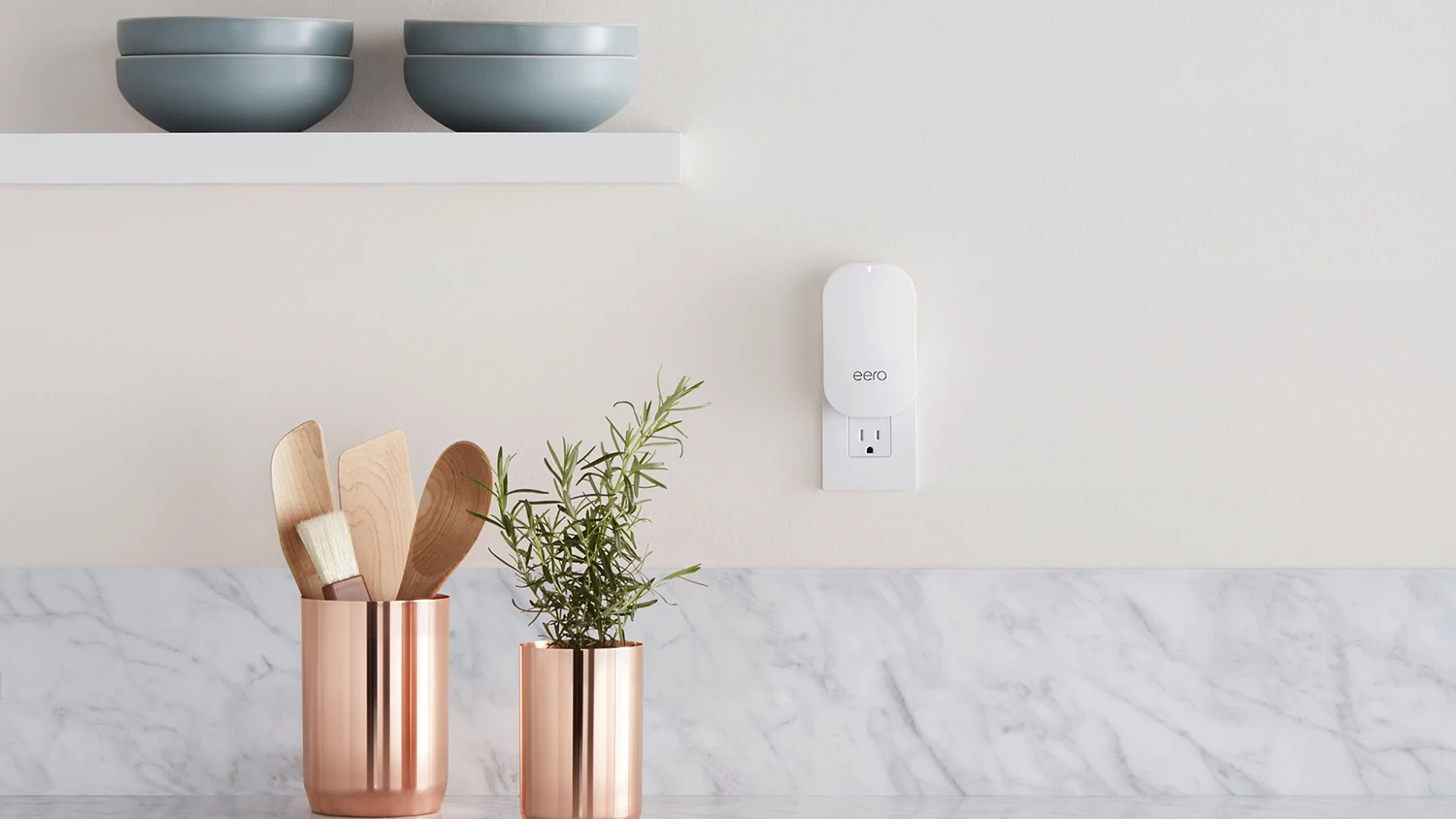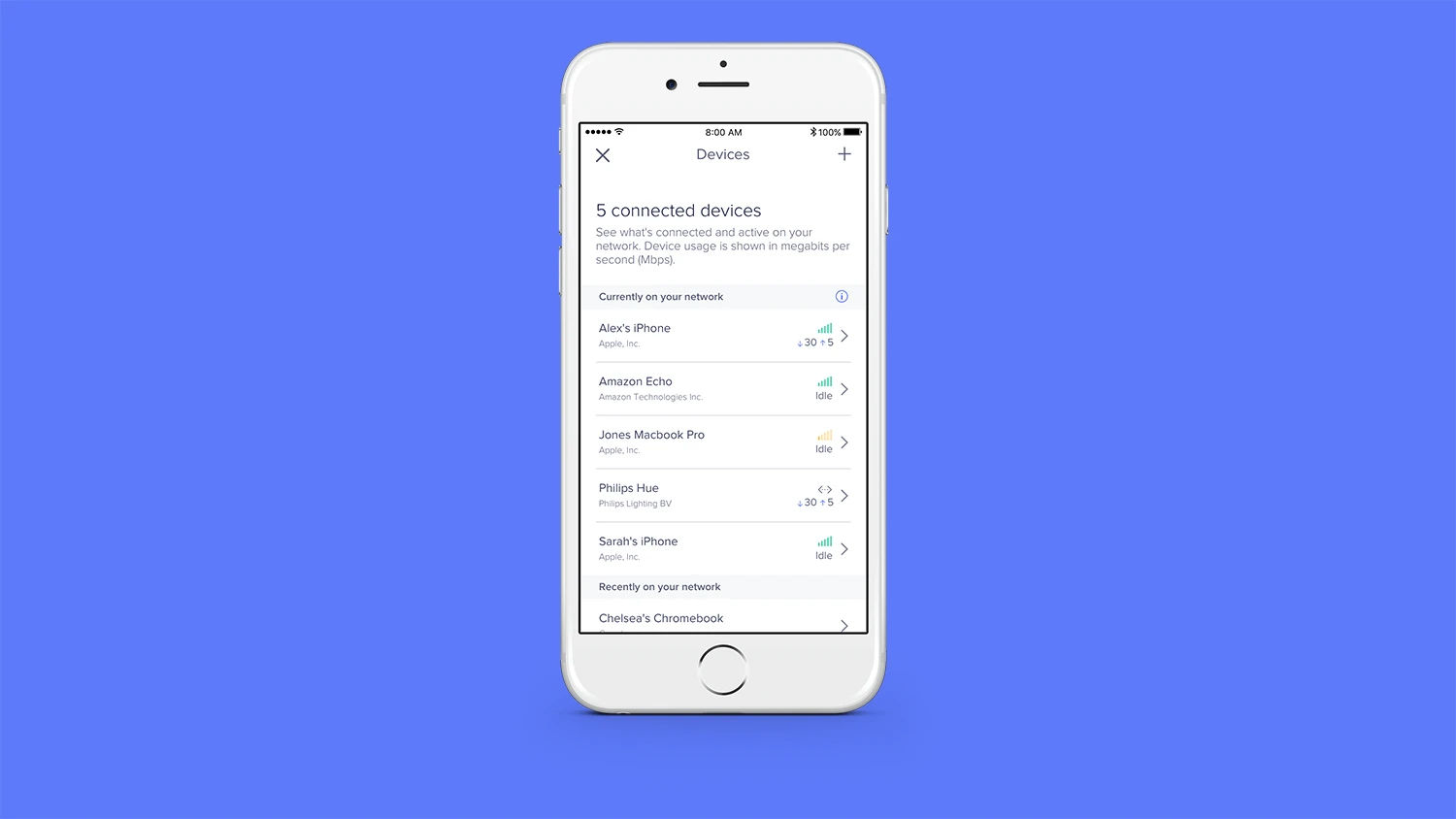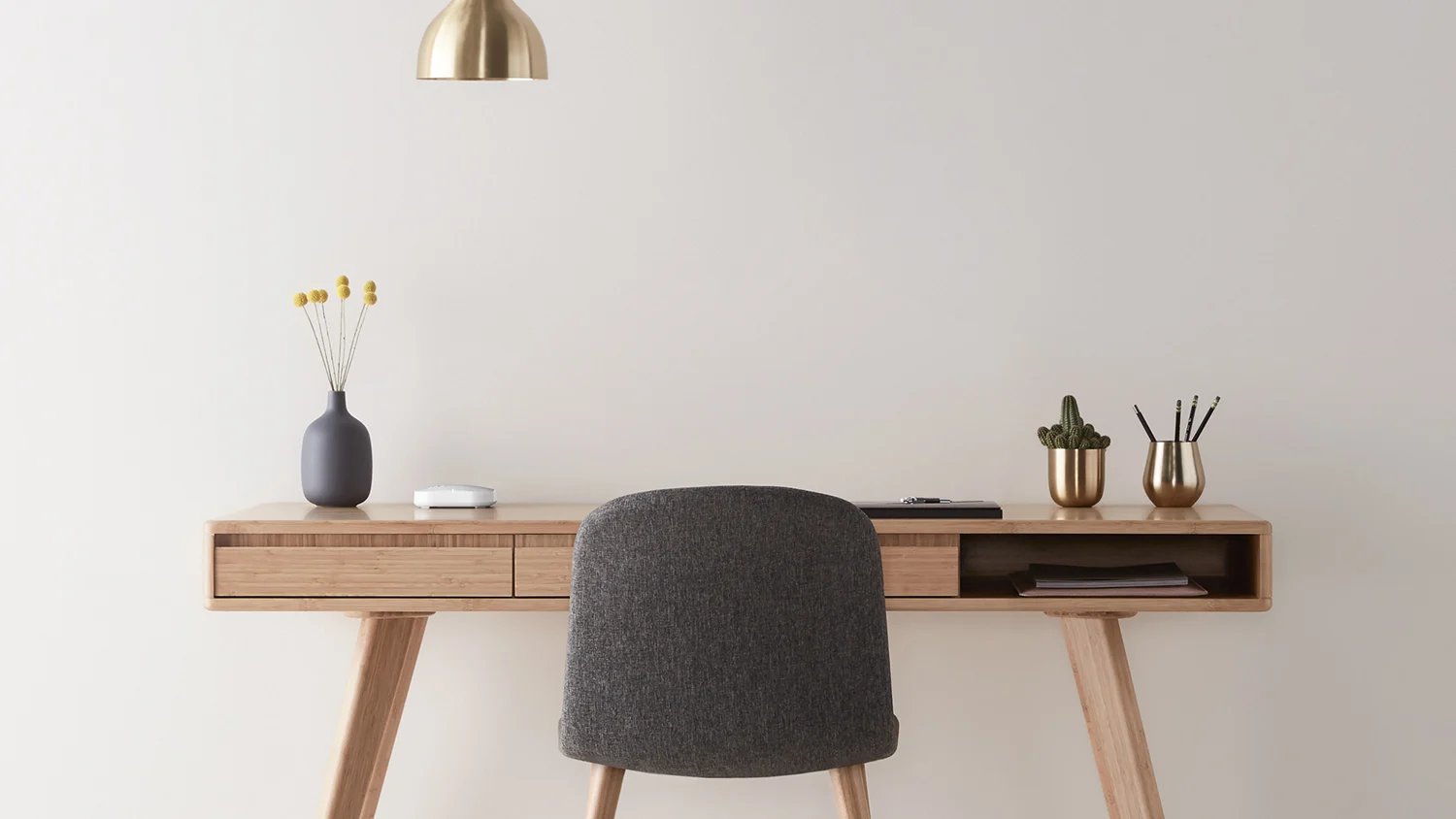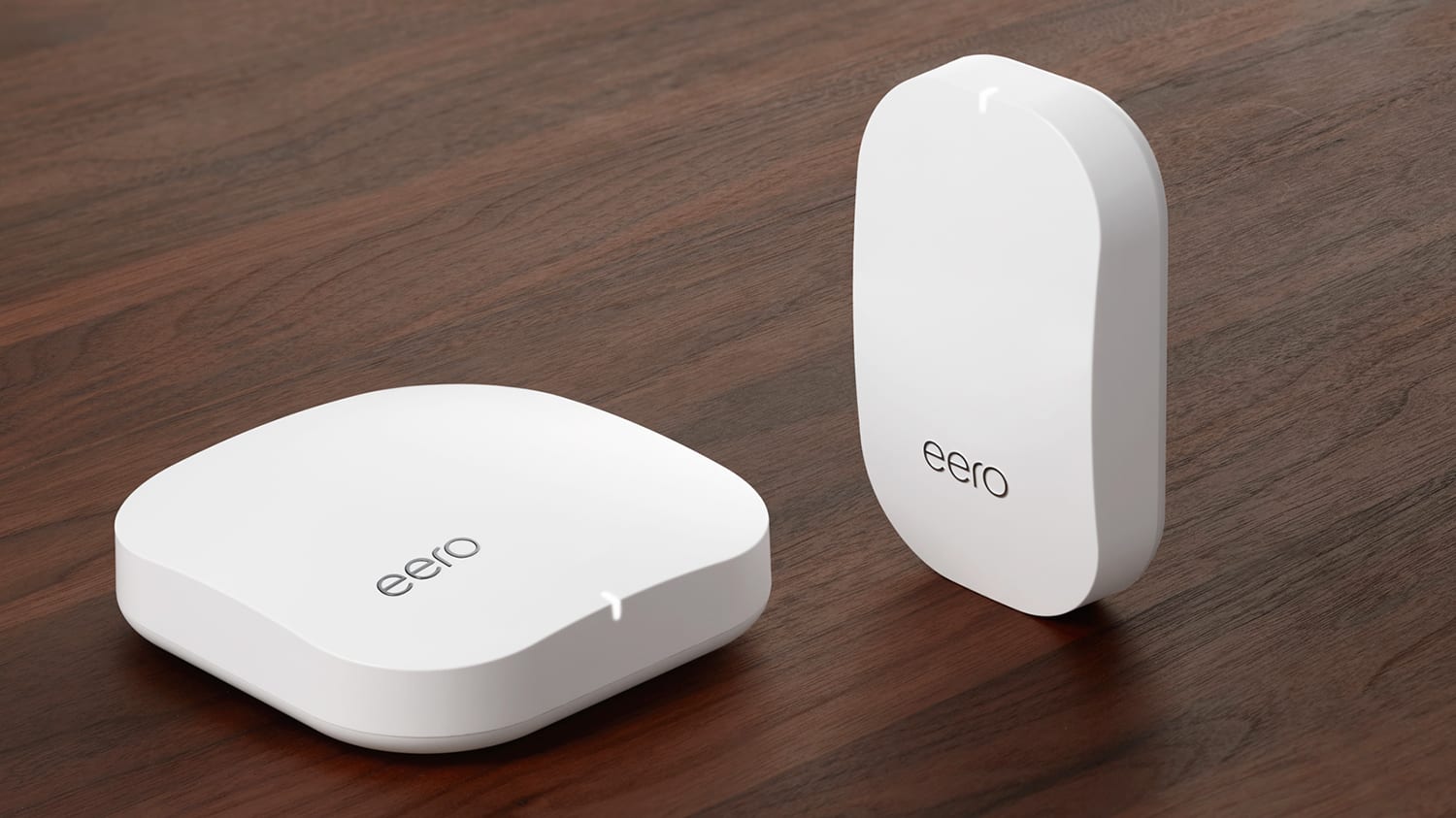Eero now has more to sell you than just a better wireless router.
The San Francisco-based startup is launching a $10 per month subscription service plan for its mesh routers, which use multiple connection points to blanket a home in Wi-Fi coverage. The plan, called Eero Plus, will include security and content filtering to start, and will gain other features over time.
Eero is also releasing new routers with better coverage than the previous ones, starting at $299 for an entry-level system. Those new routers even include a tentative step into the smart-home business, with support for a nascent protocol known as Thread.
The overarching goal is one that Eero–which helped jump-start the mesh-network trend that the giants of networking have since embraced–has never shied from talking about. Instead of merely competing on price or networking features in the booming mesh router market, Eero sees Wi-Fi gear as the building blocks of a smarter home. Now the company’s starting to assemble the pieces.
“You look at where the home is going, every home is going to need great connectivity, and ultimately every home’s going to need to have an operating system, something to power all the different experiences,” says Nick Weaver, Eero’s cofounder and CEO. “And our view is, those two things should be the same.”
Eero 2.0
Eero’s new $299 router system consists of two units. The main router, which hooks up to your broadband modem, has the same design as the original Eero, but promises double the bandwidth and range. There are also secondary “Beacon” modules that plug directly into power outlets, and promise 20% to 30% better bandwidth and range than the original Eero. Those Beacons double as nightlights, which flip on automatically when a room turns dark. The hope is that users will be induced to install them out in the open where coverage is best.
Weaver says Eero’s new two-pack should provide coverage that’s equal to or better than its old three-pack, despite being $100 cheaper. For larger homes, Eero will also sell a $399 package with one main router and two Beacons, and a $499 “Pro” package with three of the larger routers. Individual units will cost $149 per Beacon, and $199 per full-size router. (To justify the lack of Ethernet output on the Beacons, Weaver notes that less than a third of customers use their routers for wired connectivity today.)
The new hardware alone should help Eero keep pace with rival mesh systems such as Google Wi-Fi ($299 for a three-pack), Netgear Orbi ($299 for one router and plug-in module), and Linksys Velop ($380 for a two-pack). None of those companies, however, are attempting to sell premium subscriptions alongside their hardware. That’s where Eero hopes to stand out.
“Our view is, over the last year and a half, we’ve pushed out these software updates that have done things like improve network performance, but we’ve also used that to lay the groundwork to build a whole-home operating system where you can put applications on it,” Weaver says.
The Eero Plus service costs $10 per month or $100 per year, and acts like a bouncer for malware, botnets, and phishing attempts at the network level. This applies not just to PCs and phones, but to smart TVs, security cameras, smart door locks, and anything else that’s connected to the network. The idea is that users will stay protected even if device makers fail to patch their own security holes.
Eero is also throwing in a content filter aimed at families with children that can block illegal, violent, or sexually explicit websites, and can force the use of Google SafeSearch, though Weaver notes that this only works with web browsers. Since Eero isn’t picking through individual data packets, it can’t stop your kid from watching, say, R-rated Netflix movies, or receiving graphic text messages. In that sense, Eero’s filter is similar to some free tools that already exist, such as OpenDNS Family Shield, but with easier setup.
In any case, Weaver says those two services are just the beginning for Eero Plus, and he suggested that the company will add more features on a regular basis.
“Think of it [as] the same as Amazon Prime,” he says. “It’s a service that we’ll keep improving and adding to, and expanding the product offering.”
Threaded Together
While the subscription service might help Eero expand its business in the short term, its new routers also include one rather long-term bet on an emerging smart-home protocol called Thread. Much like Wi-Fi, Bluetooth, ZigBee, and Z-Wave, it’s another way for devices to communicate wirelessly throughout the home. But unlike those well-established protocols, Thread has practically no adoption among device makers right now.
So why is Eero going all-in? Weaver argues that Thread is the best option due to its low power consumption, encryption by default, and ability to scale up to work with dozens of smart home devices.
“It’s really the future of low-power connectivity in the home,” he says. (There’s also a personal connection, in that Chris Boross, Eero’s product manager, previously served as Thread’s president.)
Eero will be first to market with a Thread-certified “border router,” meaning that it can connect Thread devices to Wi-Fi networks and the internet, says Grant Erickson, Thread’s current president. With an anchor product in place, Erickson is optimistic that other device makers will follow, and expects between 20 and 50 Thread-enabled devices by the end of the year. He notes that some devices, such as Nest products, have dormant Thread radios already that they could turn on in future updates. And because Thread uses the same radio technology as the popular ZigBee protocol, existing smart home products with enough storage and memory could add support with just a software update.
“I think what you’re going to see between now and the end of the year is what we like to call a trickle, turning into a creek, turning into a river,” Erickson says.
The early support for Thread may even hint at where Eero is going next. Tom Kerber, an analyst for Parks Associates, notes that one of the main features of Thread is that it’s decentralized. Instead of sending all communications through a single hub, Thread enables a scenario where any device can make decisions and perform computing on behalf of other devices on the network.
“When you talk to the silicon vendors, their long-term view of the connected home, and how it operates, and how devices communicate with each other, Thread is trying to be in alignment with that,” Kerber says.
That kind of thinking also lines up with what Weaver has said in previous interviews. In his view, Eero could become a distributed computing platform, whose router pods provide extra processing power to other devices around the home. In theory, this could allow for smart home devices that are cheaper, faster, and less dependent on the internet for core functions.
While Thread support alone doesn’t make that happen, it could lay the groundwork for a software platform that does. Like everything Eero’s done so far, it’s another building block.
Recognize your brand’s excellence by applying to this year’s Brands That Matter Awards before the early-rate deadline, May 3.




